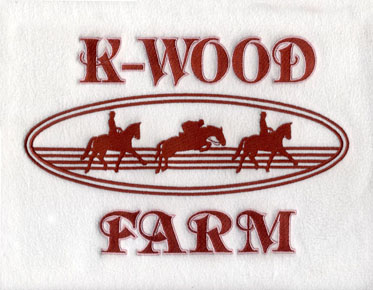How to Use A Running Stitch And What Are Its Uses | Embroidery Digitizing
The run stitch is an essential sewing technique that forms the structural foundation for most other embroidery and sewing techniques. It is used to make basic straight stitches, which in turn can be used for practically any stitching project. For the best digitizing service, please feel free to contact us.
To
sew, insert the needle into the fabric at point A and pull it out little by
little at point B. The ends of the stitches should be even with each other as
you are pulling them out to prevent lumps. A straight stitch is used when you
want to attach two pieces of fabric together or reinforce an area such as a
button hole. This technique is often used in sewing but can also be seen in
home décor items like throw pillows, curtains, and table cloths. Additionally,
this stitch is commonly used in a few different types of embroidery forms that
create decorative edges around fabrics such as edgings for doilies or blanket throws.
Running pattern
The length of each stitch depends on its intended use, but generally the thread is more visible on the front of the fabric than on the back.
Use a running stitch
It is one of the most popular stitches used for a variety of purposes, from making garments to embroidering various items such as pillowcases, dresses, shawls, blankets, purses, lampshades, curtains, placemats and bedspreads
It is also used for edging to smooth the sides of applique and handmade fabric. Running stitches are commonly used to make leather goods such as jackets, belts and bags.
A running stitch guide
As one of the easiest stitches to learn, he is an excellent choice for beginner embroiderers. All you need is a needle and a thread. Use the same color thread as the fabric when sewing the sides. Embroidery designs allow you to create attractive patterns using different colored threads. Here is a step-by-step tutorial on how to stitch a running stitch.
Step 1: Insert the thread into the needle and tie a knot at the end of the two strands to bring them together. We recommend keeping the thread at a distance from the arm to avoid tangles and knots. If you run out of thread, re-thread the needle. This does not affect the embroidery.
Step 2: Insert the needle into the fabric and use the knot at the end of the thread to pull it out of the back and secure it to the fabric. See the figure below to learn how to get started with the first injection.
Step 3: The next step is to insert the tip of the needle into the fabric about 1/4 inch from where the previous stitch was pulled. Push the needle in and replace it.
Step 4: Continue working in the same way, threading the needle through the fabric to create a continuous stitch.
Run stitch caption photo
Step
5: If you are sewing on a pleated sleeve or skirt, pull the thread as you sew
the fabric. Hold the edge of the fabric near the first stitch and gently pull
the thread to smooth the fabric. Wrap it to prevent tangles as much as
possible. It's a good idea to let it rest a few inches before tying the knot to
prevent the folds from moving.
Run stitch instructions
The stitch is ideal for temporarily stitching together hand-made garments for measurements before sewing on a sewing machine. Running stitch changes
Its variations allow you to create design patterns using this simple sewing method. The most popular varieties are:
Double stitch or Holbein stitch - A double stitch is when a second row of running stitches is completed on the first stitch to create a continuous stitch line. Work the second row backwards and the stitches should be placed between the stitches of the previous row so that there is absolutely no gap between each stitch. A double stitch creates a single, strong stitch line, making it ideal for embroidery contours.
Daub -- Sometimes called a tailor's fold, it forms a long seam and is used primarily to hold two pieces of fabric together. In sewing, it is often used for shoddy manufacturing to hold pieces in place during the final sewing process.
Danin -- Closely spaced parallel lines used to decorate or repair areas of worn or torn fabric are called danin.
Double Danin - When the Danin stitch is treated with a double stitch, it is called a double stitch. This stitch has closely spaced, parallel full stitch lines, making it ideal for edge embroidery.
The
stitching is beautiful and easy to handle. Running stitches are used in a
variety of fabrics, such as cushions, sheets, clothing, etc. Running stitch is
also a simple type of embroidery that anyone can learn, and beginners should
start their way through embroidery.



